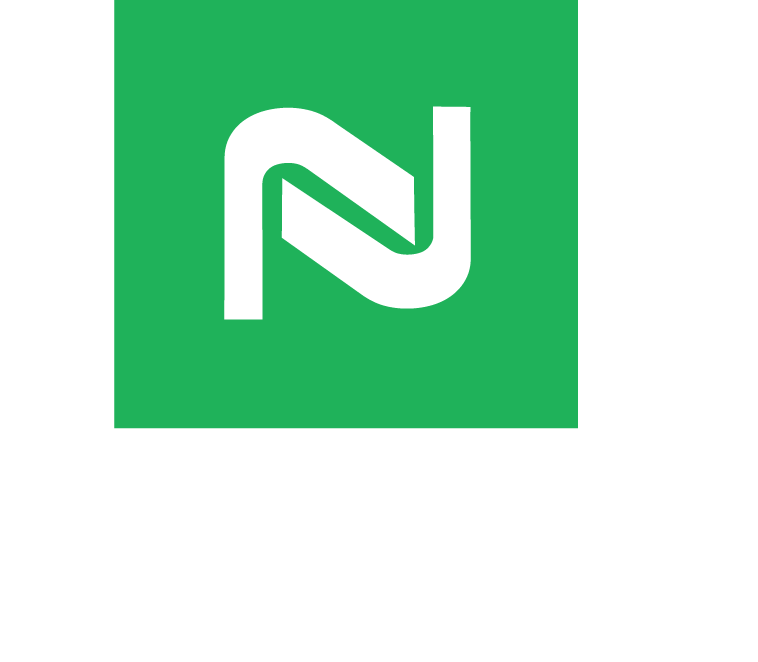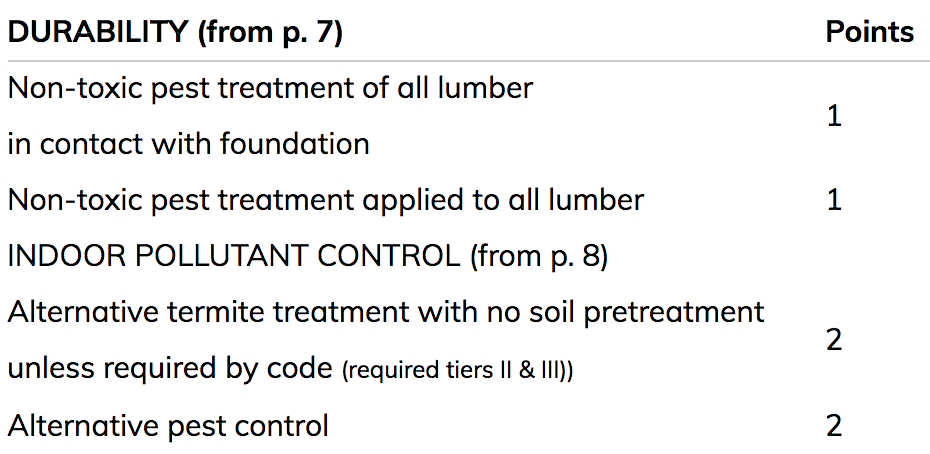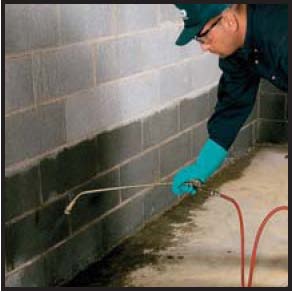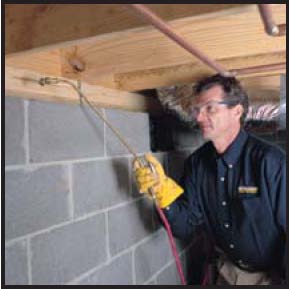Bora-Care vs. Old Fashioned Methods
Environmental issues are critical to homeowners, making Bora-Care appealing to concerned builders. Traditional soil treatments pump 200 to 300 gallons of diluted termiticide under and around an average house. Bora-Care conserves water; it only uses 2–3 gallons per house. And because it is applied directly to wood, concrete, and foundation penetrations, there is virtually no danger of chemical run-off. Furthermore, Bora-Care’s active ingredient is a natural borate mineral salt with a low mammalian toxicity, yet it is still deadly to insect pests. And Bora-Care emits no VOCs (“Volatile Organic Compounds”).
Bora-Care is the first termiticide listed as chemically compatible with the Lubrizol Corporation’s piping systems. In addition, Bora-Care will not corrode metal fasteners, fittings or nails. Many soil termiticides can cause damage to cPVC piping systems, resulting in expensive post-construction repairs.
Soil termiticides break down quickly and can leave gaps. The soil termiticide barrier can easily be broken during excavation and landscaping. Bora-Care creates a continuous barrier directly on the wood and concrete, not in the surrounding soil.
A True New Construction Termite Treatment— Not Just a Monitoring System
Baiting systems also pose problems, and termites can easily bypass them altogether. More importantly, if the homeowners don’t want to pay the annual fees, the stations are removed and the home is left without any termite protection.
What is Bora-Care?
Bora-Care is an EPA-registered termiticide manufactured by Nisus Corporation. It is the only borate-based termiticide allowed as a primary two-foot termite barrier termite treatment with its own product-specific field efficacy testing. Pest control companies apply it directly to the wood and concrete on walls, subfloors, sill plates, piers and expansion joints, and around pipe chases and plumbing protrusions. This creates a continuous barrier that termites cannot cross and eliminates wood as a food source. Treated wood is also protected against other wood destroying organisms such as carpenter ants, wood boring beetles and decay fungi.
Bora-Care offers the stability and reliability which builders find missing in soil termite treatments. A study conducted in Mississippi showed that soil termiticides can break down by 50% or more in just one year (Mulrooney et al, 2006). But with a single application done according to label directions, Bora-Care penetrates into wood, preventing infestation and delivering years of long-term residual protection.
Builders Save Time and Money
Bora-Care new construction treatments give builders more schedule flexibility and control. They simply remove many of the common scheduling and performance problems builders encounter with old-style soil poisons.
Bora-Care saves builders a day of cycle time. Treatment is not weather-dependent, allowing builders to move forward regardless of conditions. Because Bora-Care is applied during the dried-in phase of construction, there is no need to coordinate pest control companies and cement companies. Bora-Care’s ease of application allows PMPs to increase the number of houses they can treat in a day, which in turn increases the builders’ schedule flexibility.
Proven Results
In addition to EPA registration, Bora-Care wood treatments are HUD allowed and listed for use under the 2006 International Residential Code, Section R320 Protection Against Subterranean Termites. Bora-Care also meets the sill plate end-cut requirements for pressure treated lumber set by building codes and the American Wood-Preservers’ Association.
An independent 12-year study in Mississippi by the USDA and a second independent 5-year study in Florida by Mississippi State University’s Forest Products Department demonstrated that wood treated with Bora-Care repelled termite attacks and prevented subterranean termites from tubing over treated wood. Additional tests by Louisiana State University showed that Bora-Care applied to concrete surfaces prevents Formosan termite tubing.
Bora-Care Meets HUD Requirements
- HUD Forms 99-A and 99-B list “field-applied wood treatment” (99-A) and “wood applied liquid termiticide” (99-B) as an option for termite treatment. Bora-Care is this type of termiticide.
- New construction projects backed by an FHA or VA loan require termite treatments in areas of moderate to heavy termite pressure.







